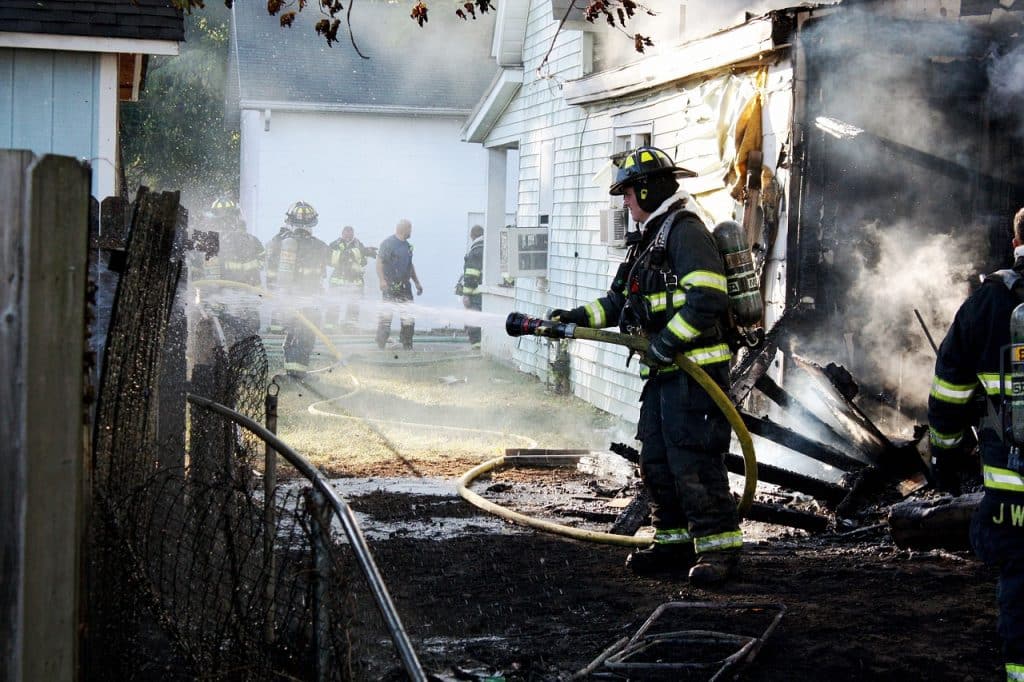In the realm of fire safety, misinformation can be just as dangerous as fire itself. Myths and misconceptions can lead to inadequate preparations, inappropriate reactions during emergencies, and a false sense of security. It’s time to set the record straight by debunking some of the most common fire safety myths. Armed with accurate information, we can make informed decisions to protect ourselves, our loved ones, and our properties.
Myth 1: Fires Mostly Happen in Commercial Buildings
Fact: While large-scale fires in commercial buildings often make the headlines, the majority of fire incidents actually occur in residential settings. According to fire departments, homes are the most common site of fire outbreaks, primarily due to cooking incidents, heating equipment, and electrical malfunctions. This underscores the importance of practicing fire safety measures diligently at home, including regular fire alarm checks and having a fire escape plan.
Myth 2: Smoke Alarms Provide Enough Protection
Fact: While smoke alarms are critical in alerting occupants to the presence of a fire, they are just the first step in a comprehensive fire safety plan. Equally important are fire extinguishers, knowing how to use them, having an escape plan, and ensuring that your home has fire-resistant materials. Smoke alarms need to be tested regularly, and batteries should be replaced at least once a year to ensure they function when needed most.
Myth 3: In Case of Fire, Doors Should Be Opened to Escape Faster
Fact: Opening doors during a fire can be a deadly mistake. Fire thrives on oxygen, and opening a door can feed a fire, causing it to spread more rapidly. Before opening any door, feel it with the back of your hand. If it’s hot, seek another escape route. If it’s cool, open it slowly while being prepared to close it quickly if smoke or flames are present. Closing doors behind you as you escape can also help slow the spread of fire.
Myth 4: Water is the Best Way to Put Out Any Fire
Fact: Water can extinguish certain types of fires, such as those involving ordinary combustibles like paper and wood. However, using water on grease fires or electrical fires can make the situation worse. For grease fires, turn off the heat source if possible and smother the flames with a lid or use a fire extinguisher. For electrical fires, use a fire extinguisher rated for electrical fires. Understanding the types of fire extinguishers and their proper usage is crucial.
Myth 5: Fires Are Too Slow to Require Immediate Action
Fact: Fires can spread with alarming speed. You may have as little as two minutes to escape safely once the alarm sounds. Smoke and heat can build up quickly, making it difficult to see and breathe. That’s why having an escape plan and practicing it regularly is vital. Don’t underestimate the speed and power of fire; always react immediately to fire alarms.
Myth 6: All Fire Extinguishers Work the Same Way
Fact: Fire extinguishers come in several classes, designed to put out different types of fires. Using the wrong type of extinguisher can be ineffective or even dangerous. For example, Class A extinguishers are for ordinary combustibles, Class B for flammable liquids, and Class C for electrical fires. Many households opt for multipurpose extinguishers that cover Classes A, B, and C, providing broader protection.
Conclusion
Understanding the facts about fire safety can make a significant difference in preventing fire-related incidents and ensuring a swift, safe response when fires occur. By dispelling these myths, we aim to foster a more informed approach to fire safety that empowers individuals and communities to protect themselves effectively. Knowledge is as crucial as having the right tools when it comes to fire safety.
For expert advice on fire protection and prevention, contact Martyn Young Fireproofing Consultancy today on 07585 896648


